Scientists aim to grow human liver tissues in microgravity conditions and return these tissues to Earth with experiments conducted aboard the International Space Station.
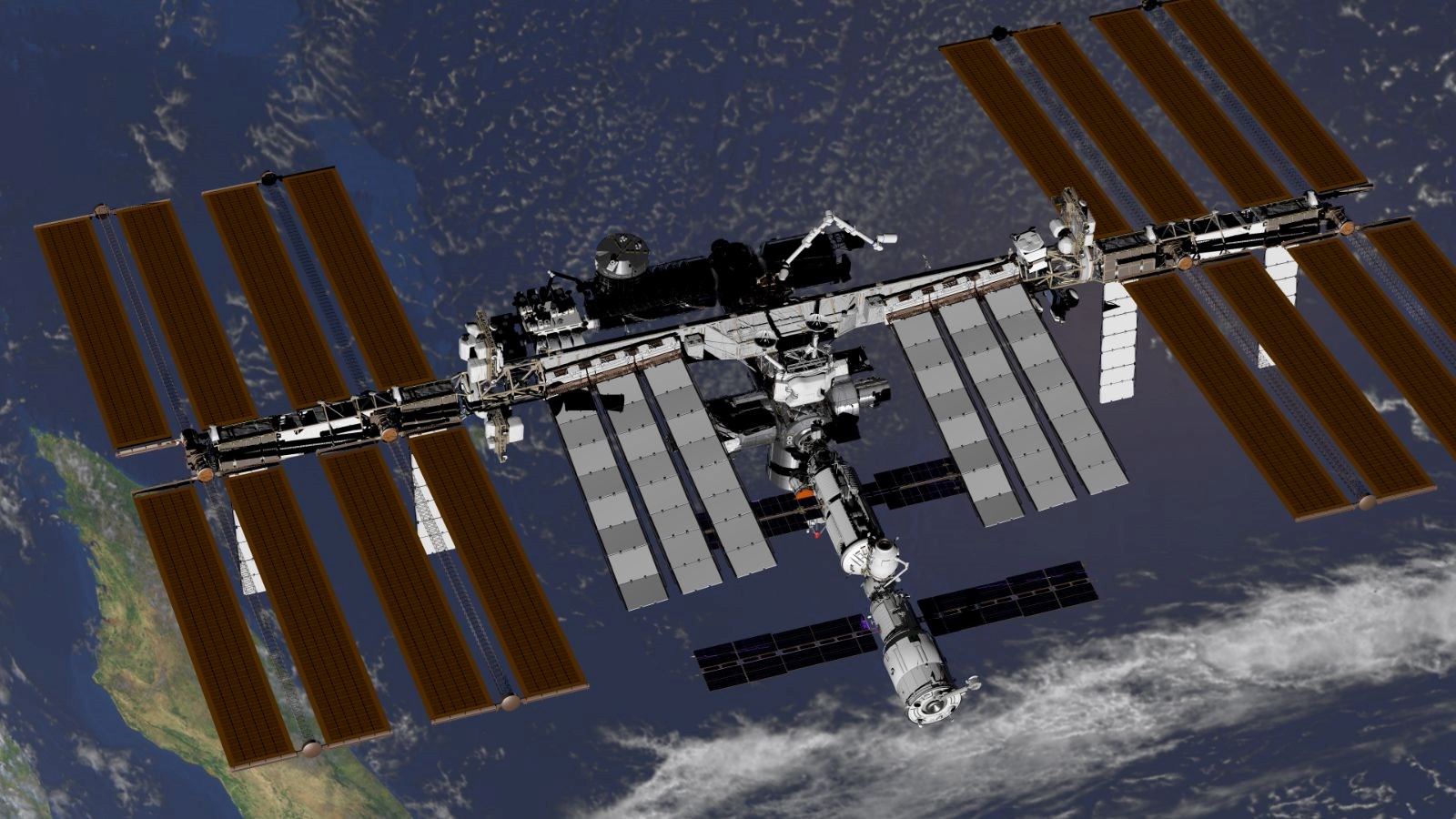
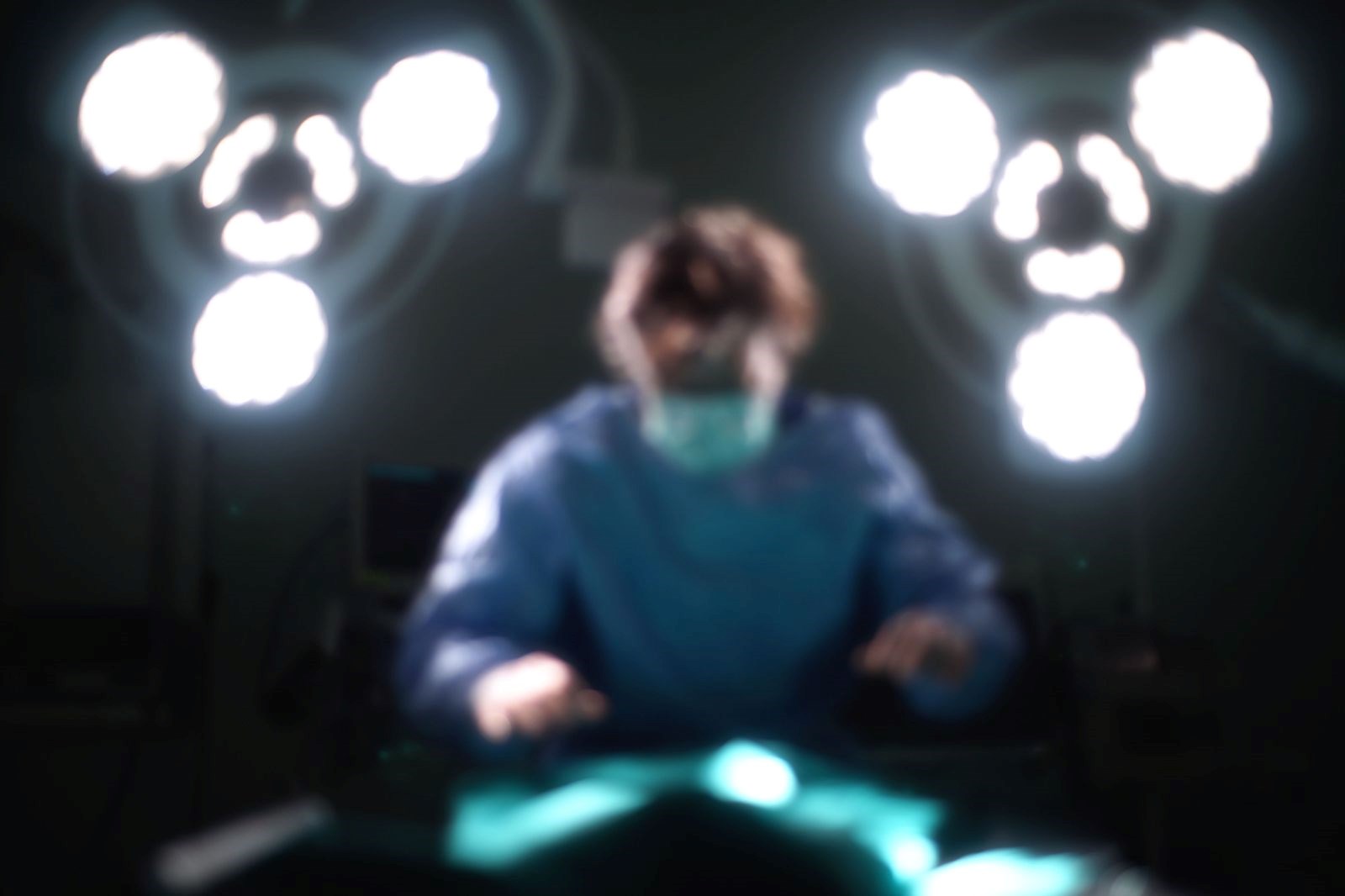
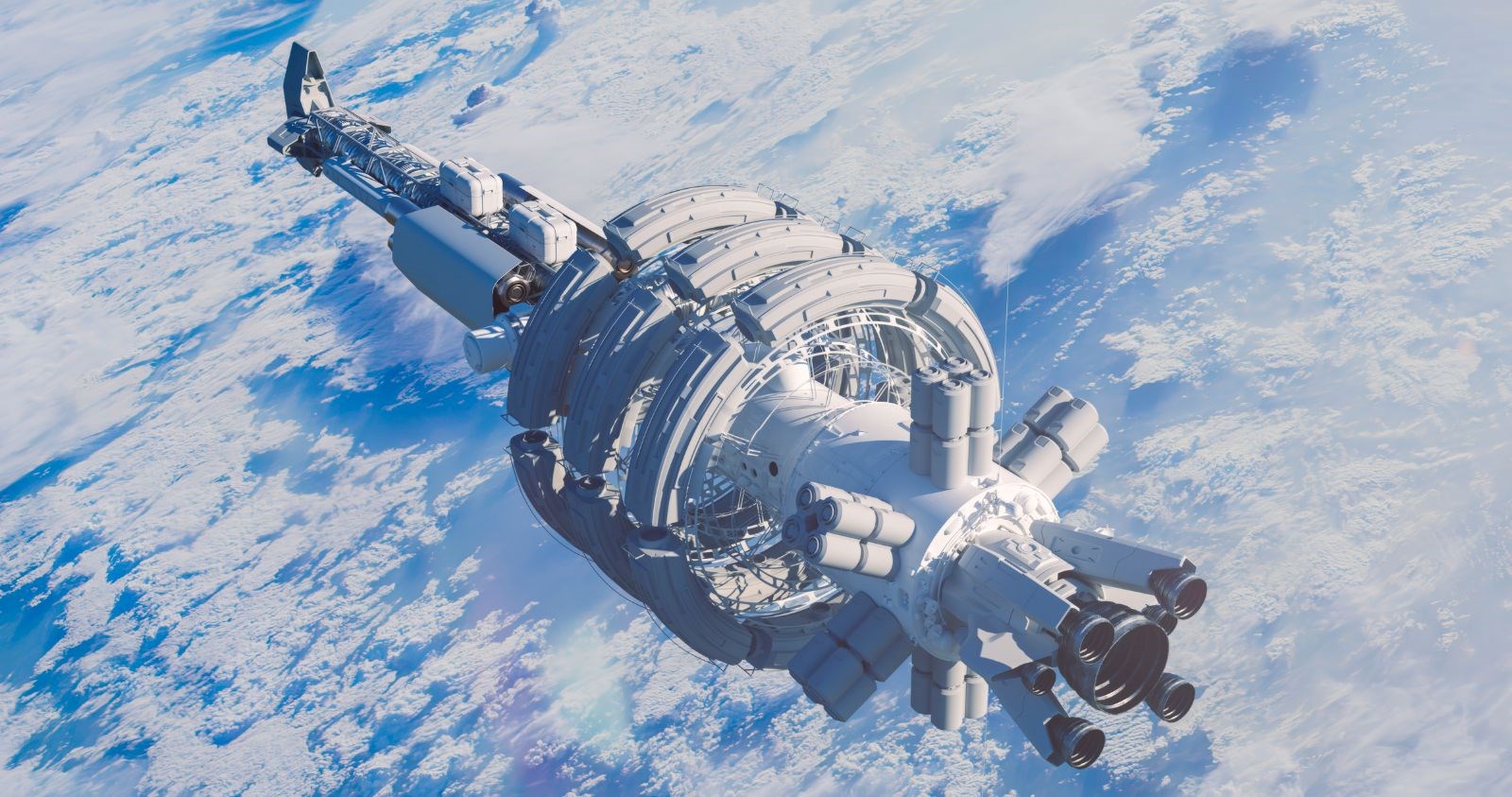
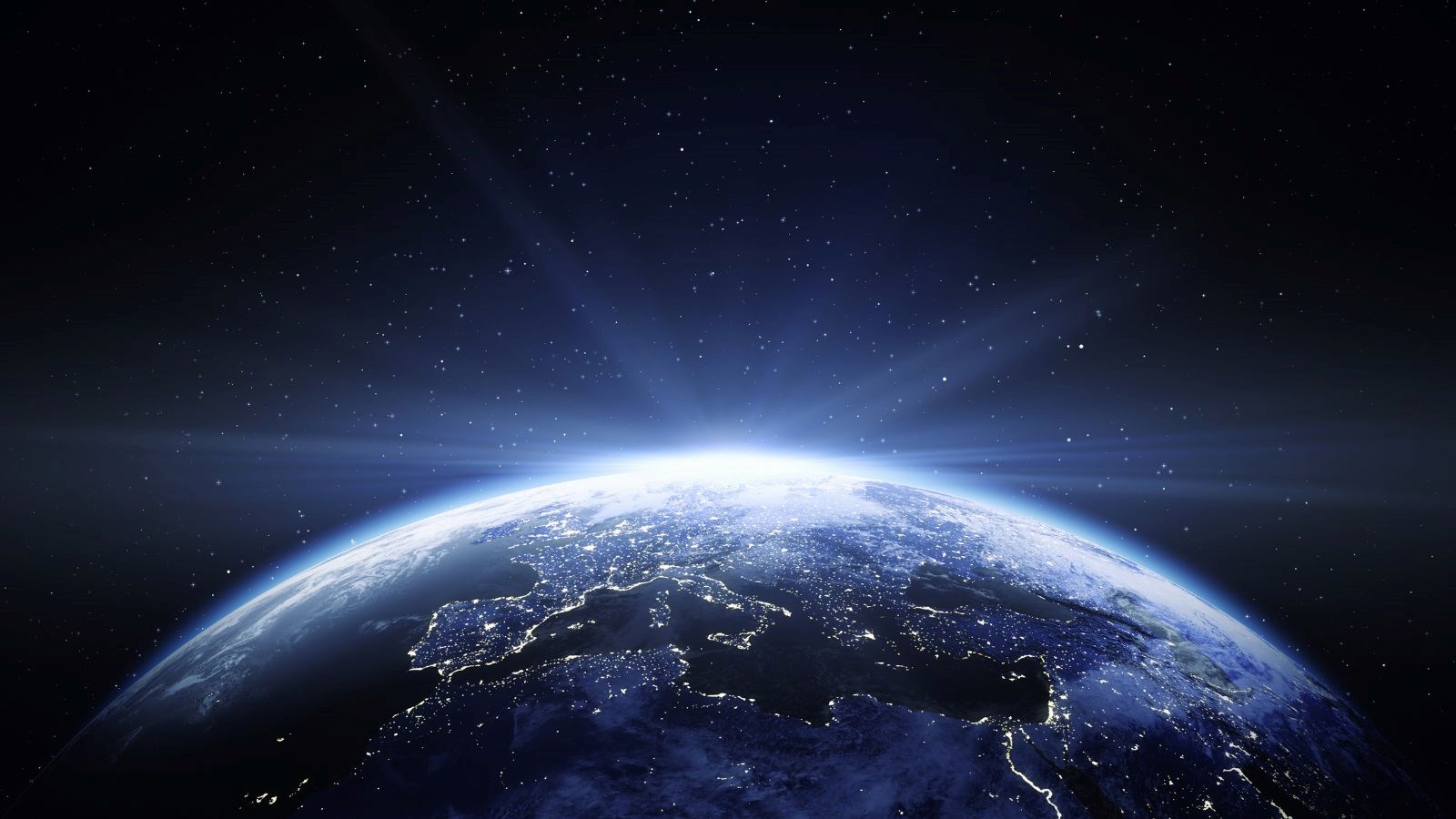
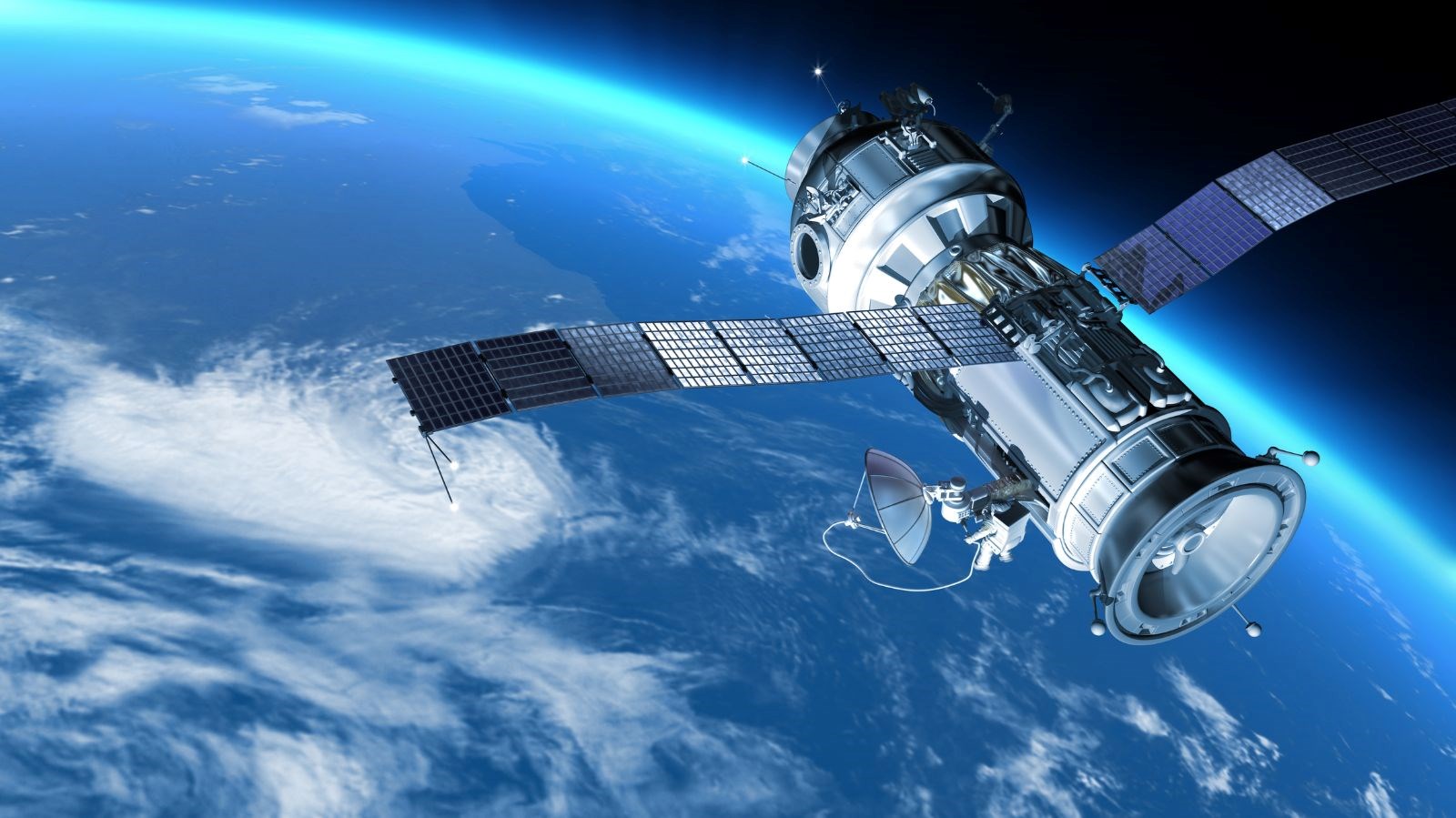
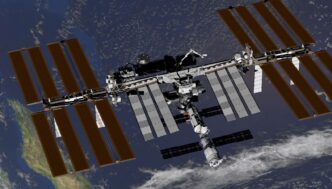

Scientists aim to grow human liver tissues in microgravity conditions and return these tissues to Earth with experiments conducted aboard the International Space Station.




